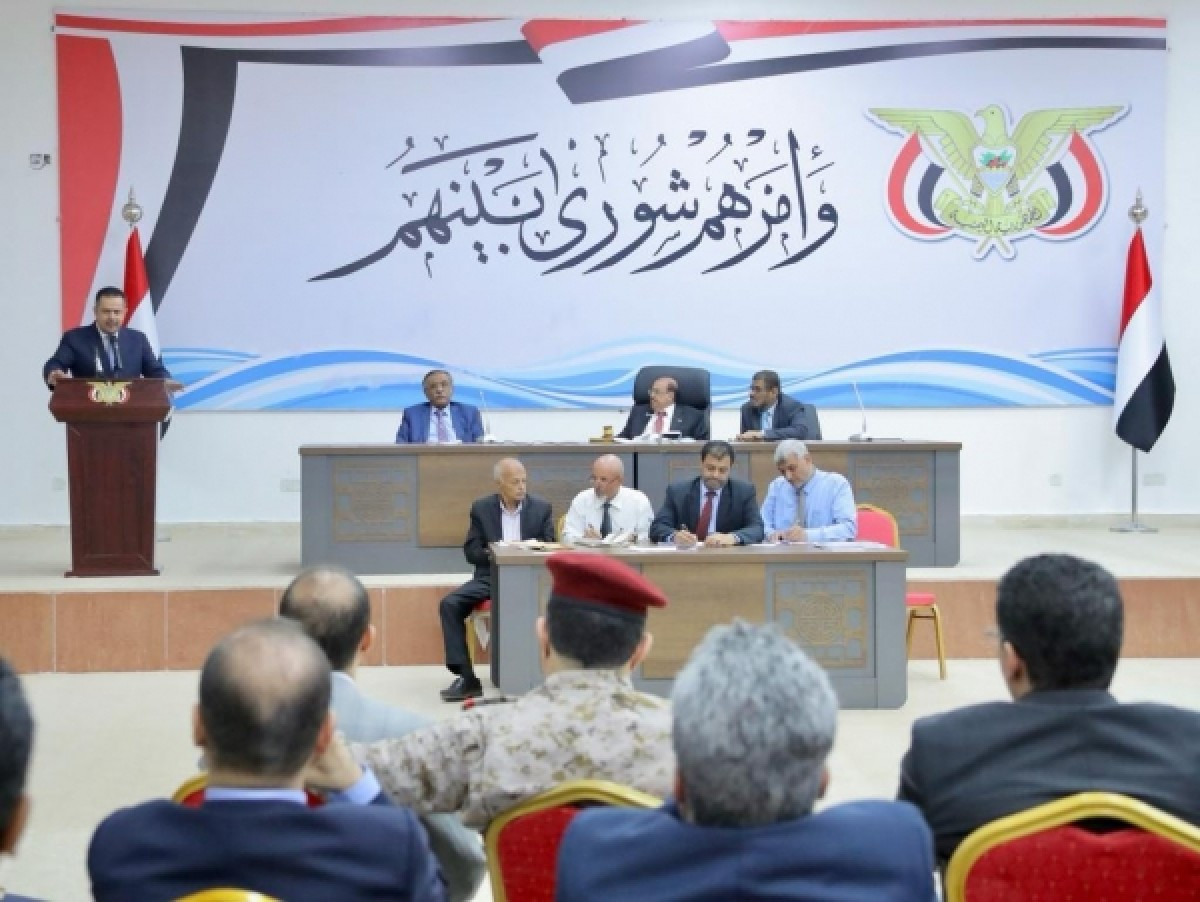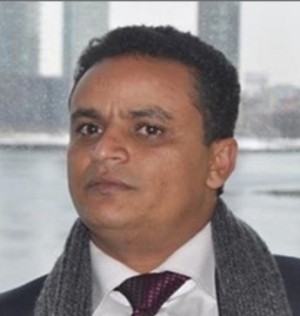Dual Authority: Commonalities Between the Legitimate and Sanaa Parliaments
- 27 Sep 2023


Considering several factors, assessing the significance and relevance of Yemen's parliamentary institution becomes increasingly imperative. Foremost among these considerations is the fact that this topic seldom receives substantial attention in serious discussions, even though the Yemeni state's divisions have profoundly affected this institution.
From a constitutional perspective, numerous questions naturally arise. Can the Yemeni parliament effectively fill the leadership vacuum at the helm of the state? Or has the parliamentary institution in Yemen obstructed the path to elections due to its violations of constitutional provisions and frequent amendments? Furthermore, how did the role of representatives transition from being representatives of the nation to becoming representatives of various political factions within the parliamentary chambers throughout its evolving phases—first, during its unified state, then following its reunification post-2011, and finally, amidst its current division into two distinct factions?
Practically recognising the existence of the parliamentary institution in Yemen since 2011 has proven formidable. In Yemen, virtually every aspect of governance has seemed adrift since that pivotal year. From a strict constitutional standpoint, the political elites, represented by their parliamentary blocs and influenced by the masses and their party leaders, deviated from the core principles of the Yemeni constitution when they endorsed a change in the state's presidency through a revolutionary mechanism outlined in a political agreement.
In a nascent democracy like Yemen, it is erroneous to circumvent the constitutional mechanisms and provisions that govern electoral processes, including those specifying particular timeframes. This situation, both in substance and procedure, directly impacts the legislative and oversight institution, which is elected directly by the people. Discussing the absence of a parliamentary role in the current phase reflects a practical outcome of the unfortunate fate of these governing authorities.
The current parliament has, metaphorically, journeyed through eight years of its constitutional existence, initially unified under one roof from 2003 to 2011. Subsequently, a gradual separation unfolded, culminating in complete fragmentation by 2015. While Yemen's parliament technically operates with two leaderships and two bodies—one in Sanaa, serving as the constitutionally designated headquarters, and the other in exile, representing internationally recognised legitimacy—in practical terms, neither holds a tangible presence on the ground. Even the Sanaa Parliament, seemingly occupied by members clinging to remnants of bylaws and occupying a part of the hall, does not wield substantial influence.
Prior to 2011, parliamentary proceedings followed a regular course in harmony with the provisions of the constitution and amended regulations. Political forces were well-organised into blocs. However, the landscape shifted dramatically thereafter as these parliamentary blocs fractured, giving rise to unconventional entities. These included regional blocs and, at times, councils and tribal bodies whose members received substantial monthly stipends from undisclosed sources.
One bloc operated from within Aden, driven primarily by political and regional considerations. Yet, as circumstances evolved and the military factions aligned with former President Abd-Rabbu Mansour Hadi were expelled from Aden, this parliamentary bloc underwent a remarkable transformation. It transitioned from a stance of secession to hoisting a new banner— that of unity. Regrettably, in both instances, this bloc lost credibility in both unity and separation, simultaneously bearing the brunt of diminished trust in both arenas.
Conversely, a legitimate parliament does not exist whatsoever; nevertheless, amidst the disparities between the two versions—the legitimate and the one in Sana'a—a common thread unites them, setting them apart from the remainder of the state institutions: the receipt of salaries and financial allocations. In Sana'a, the de facto authority maintains a consistent and autonomous financial budget for the House of Representatives loyal to its cause. This budget has been supplemented with new representatives from electoral districts whose incumbents have passed away. Every month, these representatives, alongside all personnel working within the legislative and oversight bodies, as well as former representatives, receive their regular salaries, encompassing bonuses and allowances for participation in sessions and committees.
Similarly, the situation mirrors that of the Legitimate Parliament. Despite the absence of a physical gathering place for its members, sessions, or a central city for assembly, they continue to receive their financial entitlements regularly. These entitlements encompass travel expenses and various allowances. Regrettably, there is no longer a vocal advocate championing constitutional entitlements necessitating the payment of salaries to the state's civil servants. Although sporadic voices do emerge in support of these beleaguered individuals, they largely remain unheard and isolated.
The Yemeni Parliament has witnessed multiple generations taking their place in its vacant seats for two decades. Intriguingly, younger generations have begun to view the remnants of the 2003 Parliament with a newfound appreciation, akin to treasuring a historical artefact. Among parliamentary institutions worldwide and their respective histories, it is noteworthy that no other parliament has encountered the same opportunities as the Yemeni parliament elected in 2003.
However, what truly sets this parliament apart is its marked propensity for "partisan scheming" and the surreal. The permanent members of Parliament have repeatedly amended the constitution, while political forces, via their parliamentary blocs, have impeded the scheduling of elections. Additionally, they have sanctioned financial benefits for their members to receive monthly, even if they were to lose their seats in any election.
The legitimate parliament convened twice, first in Seiyun and later in Aden. Meanwhile, in Sanaa, sessions continued, often falling short of the quorum requirement. In Yemen, political parties blurred the lines between constitutional mandates and partisan interests, ultimately transforming parliamentary blocs in Parliament into instruments under the control of party leaders.
In both instances, both factions also share a common transgression: a breach of the constitution. For example, it is constitutionally impermissible for a member of the House of Representatives to concurrently hold a parliamentary (oversight) role and any position within the government or an executive function. However, this constitutional provision was frequently disregarded, as some representatives simultaneously held positions that intersected with the constitution, such as governors, ambassadors, brigade leaders, and other governmental roles.
In light of this brief overview of the parliamentary situation in a conflict-ridden country like Yemen, several key observations emerge:
The stated views express the views of the author and do not necessarily reflect the views of the Center or the work team.
Comments